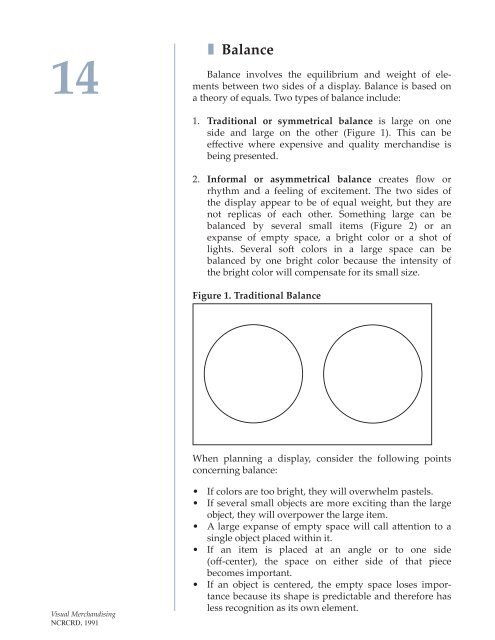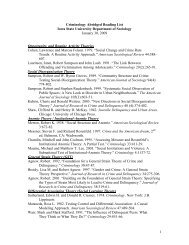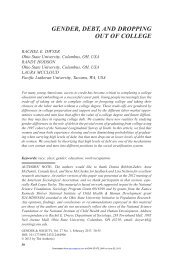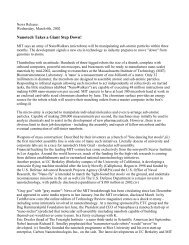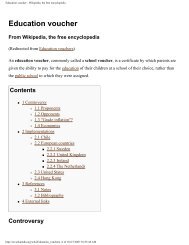Visual Merchandising - North Central Regional Center for Rural ...
Visual Merchandising - North Central Regional Center for Rural ...
Visual Merchandising - North Central Regional Center for Rural ...
Create successful ePaper yourself
Turn your PDF publications into a flip-book with our unique Google optimized e-Paper software.
14<br />
Balance<br />
Balance involves the equilibrium and weight of elements<br />
between two sides of a display. Balance is based on<br />
a theory of equals. Two types of balance include:<br />
1. Traditional or symmetrical balance is large on one<br />
side and large on the other (Figure 1). This can be<br />
effective where expensive and quality merchandise is<br />
being presented.<br />
2. In<strong>for</strong>mal or asymmetrical balance creates flow or<br />
rhythm and a feeling of excitement. The two sides of<br />
the display appear to be of equal weight, but they are<br />
not replicas of each other. Something large can be<br />
balanced by several small items (Figure 2) or an<br />
expanse of empty space, a bright color or a shot of<br />
lights. Several soft colors in a large space can be<br />
balanced by one bright color because the intensity of<br />
the bright color will compensate <strong>for</strong> its small size.<br />
Figure 1. Traditional Balance<br />
When planning a display, consider the following points<br />
concerning balance:<br />
<strong>Visual</strong> <strong>Merchandising</strong><br />
NCRCRD, 1991<br />
• If colors are too bright, they will overwhelm pastels.<br />
• If several small objects are more exciting than the large<br />
object, they will overpower the large item.<br />
• A large expanse of empty space will call attention to a<br />
single object placed within it.<br />
• If an item is placed at an angle or to one side<br />
(off-center), the space on either side of that piece<br />
becomes important.<br />
• If an object is centered, the empty space loses importance<br />
because its shape is predictable and there<strong>for</strong>e has<br />
less recognition as its own element.


